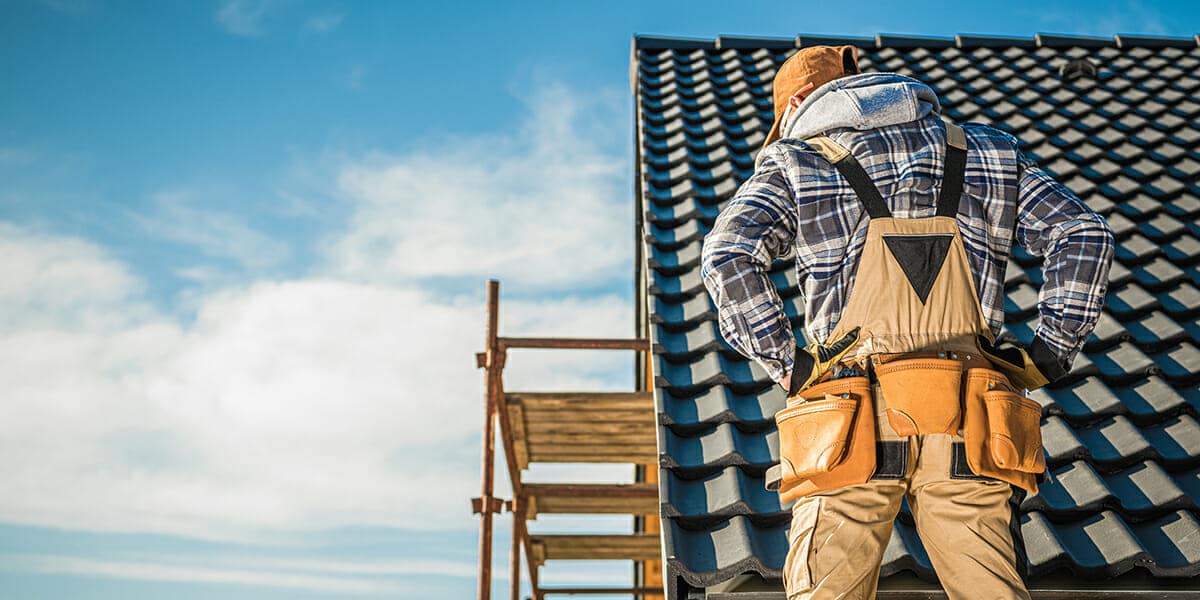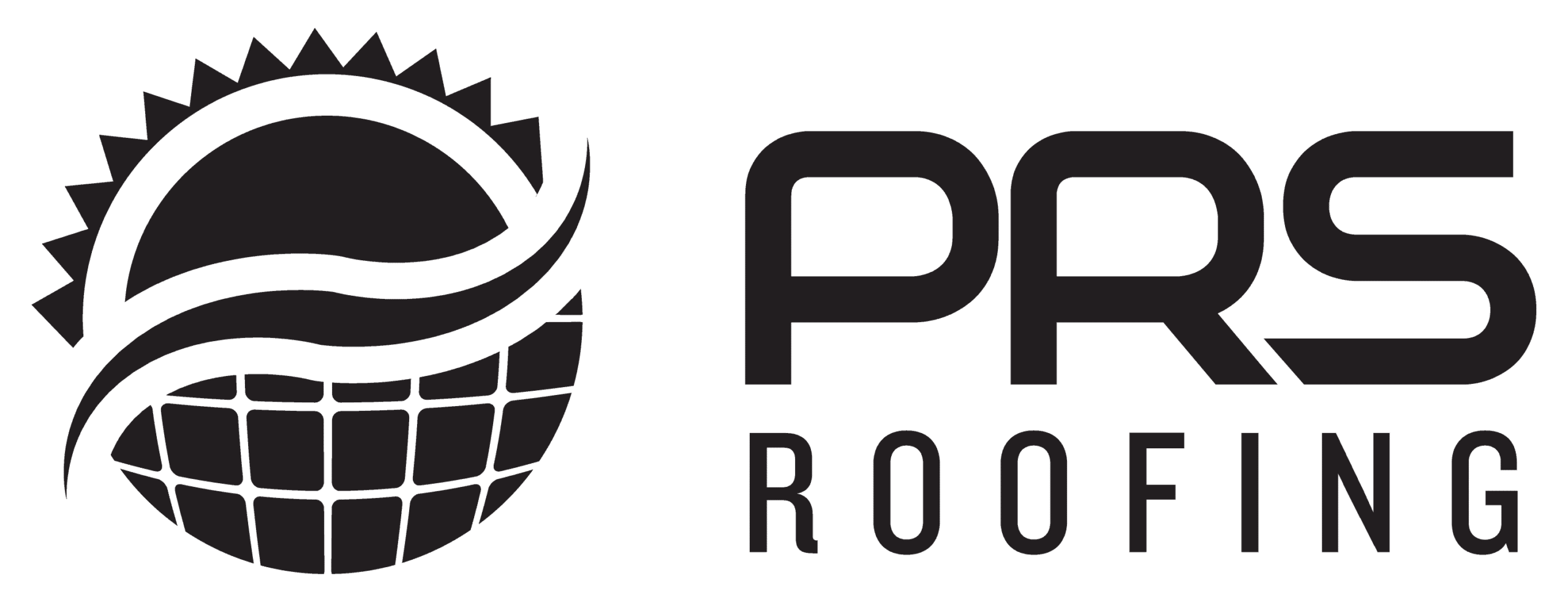Table of Contents
- Introduction
- Common Sources of Roof Leaks
- Damaged or Missing Shingles
- Flashing Issues
- Poor Roof Ventilation
- Clogged Gutters
- Skylight Leaks
- Chimney Issues
- Roof Age and Deterioration
- How to Prevent Roof Leaks
- Conclusion
- FAQs
Introduction
Roof leaks are among the most common issues homeowners face, especially in regions prone to heavy rain or extreme weather conditions. Understanding the various sources of roof leaks is essential to maintaining a safe and dry home. By addressing these issues early, you can avoid costly repairs and ensure your roof remains in good condition for years to come.
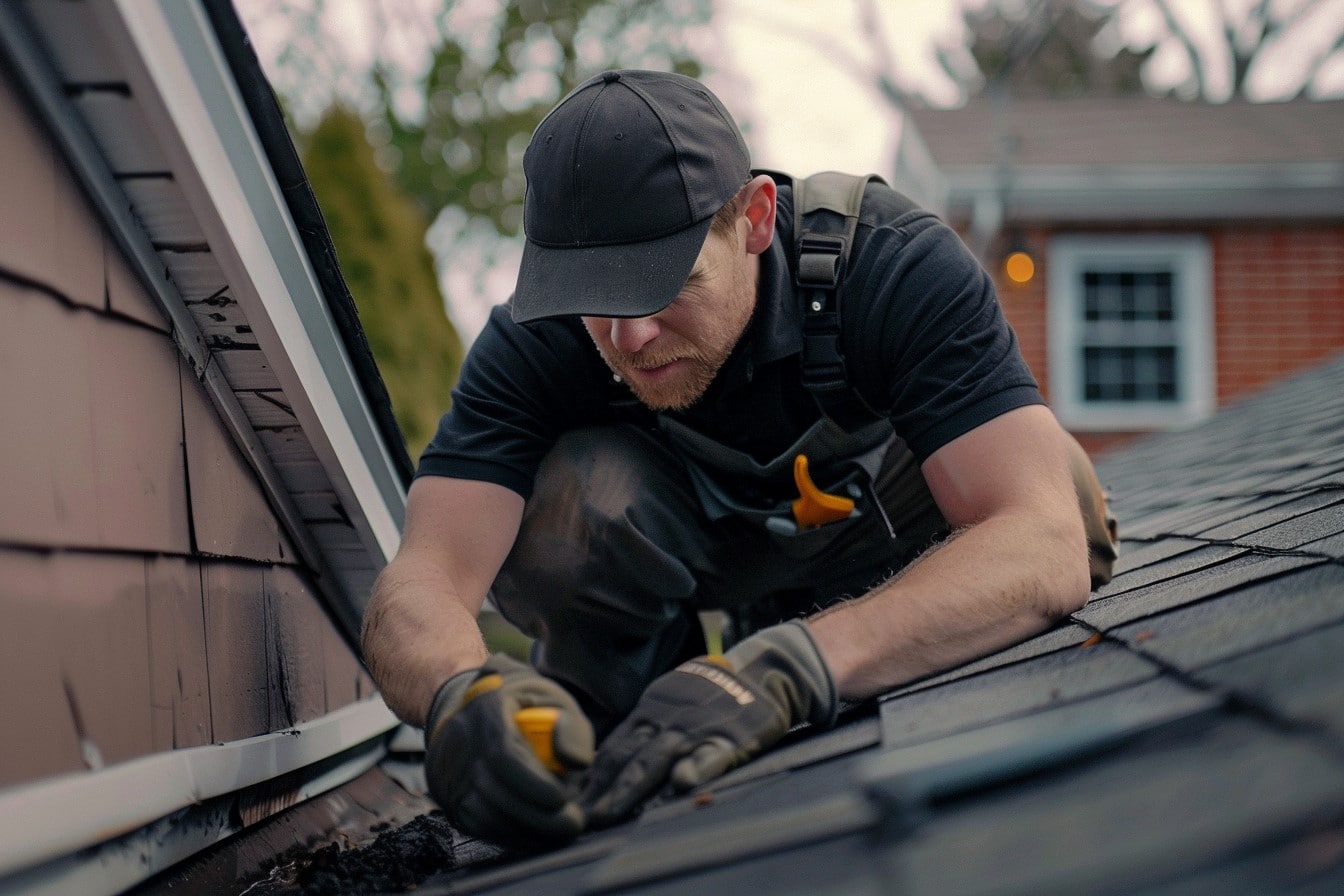
In this comprehensive guide, we’ll explore the most common sources of roof leaks, provide tips on how to prevent them, and offer insights into maintaining a leak-free roof. Whether you’re a homeowner looking to safeguard your investment or a professional roofer aiming to enhance your knowledge, this guide has something for you.
Common Sources of Roof Leaks
Roof leaks can originate from various sources, each presenting unique challenges. Below, we’ll delve into the most common sources of roof leaks that you should regularly check to ensure your roof’s integrity.
1. Damaged or Missing Shingles
Shingles are the first line of defense for your roof against the elements. Over time, they can become damaged or go missing due to high winds, heavy rains, or hail. Damaged or missing shingles are one of the most common sources of roof leaks.
Signs of Damaged Shingles:
- Curling or buckling shingles
- Shingles that have fallen off
- Granules in the gutters or around the downspouts
Prevention Tips:
- Regularly inspect your roof, especially after storms.
- Replace any damaged or missing shingles promptly.
- Consider using high-quality shingles that are more resistant to weather damage.
Damaged shingles are among the critical sources of roof leaks, making regular inspections essential for maintaining a leak-free home.
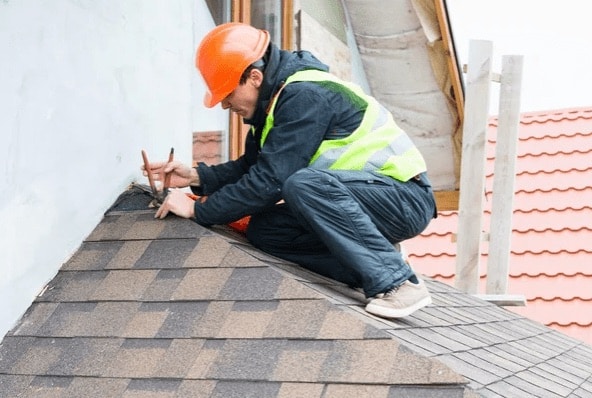
2. Flashing Issues
Flashing is used to seal and protect the joints on your roof, such as around chimneys, vents, and skylights. When flashing is improperly installed or deteriorates over time, it can lead to significant leaks.
Common Flashing Problems:
- Cracked or corroded flashing
- Poorly sealed joints
- Flashing that has pulled away from the roof surface
Prevention Tips:
- Ensure flashing is properly installed and sealed during roof installation.
- Regularly inspect flashing for signs of wear or damage.
- Use high-quality, weather-resistant materials for flashing.
Improperly installed or damaged flashing can be one of the most insidious sources of roof leaks, often going unnoticed until significant damage occurs.
3. Poor Roof Ventilation
Proper roof ventilation is crucial for maintaining the overall health of your roof. Without adequate ventilation, heat and moisture can build up in the attic, leading to various problems, including leaks.
Symptoms of Poor Ventilation:
- Excessive heat in the attic
- Mold or mildew growth
- Warped or damaged roofing materials
Prevention Tips:
- Install vents at the eaves and ridge to promote airflow.
- Ensure that your attic insulation is adequate and not blocking vents.
- Regularly check the attic for signs of moisture buildup.
Poor roof ventilation is not just a comfort issue; it can also become one of the sources of roof leaks by causing condensation and material degradation.
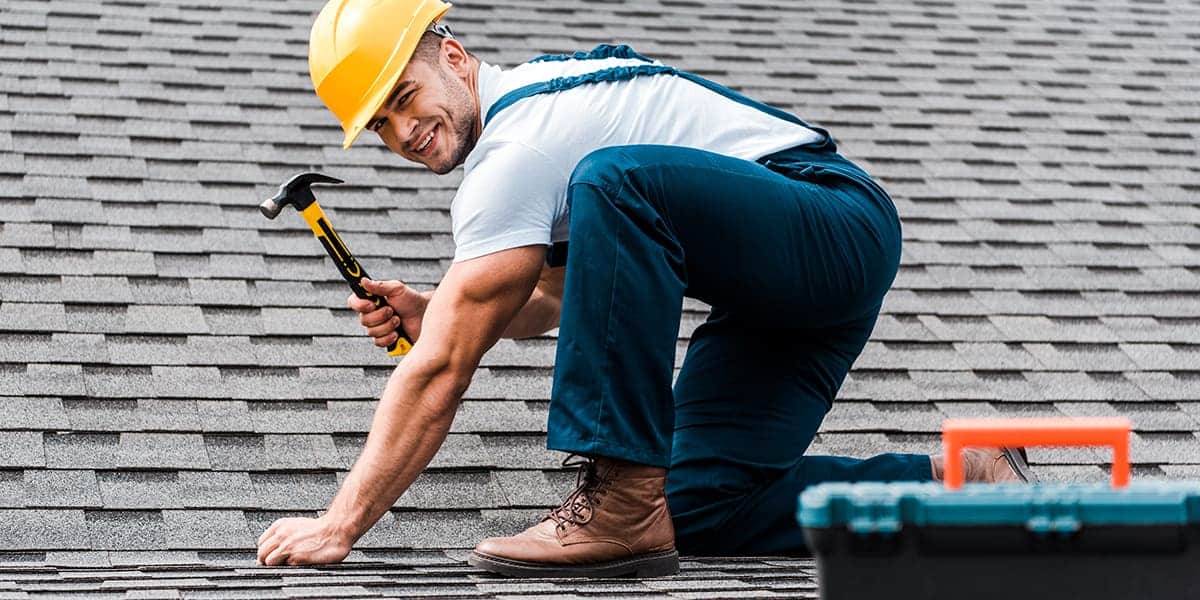
4. Clogged Gutters
Gutters are designed to direct water away from your roof and foundation. When they become clogged with leaves, debris, or ice, water can overflow and seep under the roofing materials, leading to leaks.
Indicators of Clogged Gutters:
- Water spilling over the edges of gutters
- Stains on the exterior walls
- Sagging or detached gutters
Prevention Tips:
- Clean your gutters regularly, especially during the fall.
- Install gutter guards to prevent debris from accumulating.
- Ensure downspouts are clear and directing water away from the foundation.
Clogged gutters are often overlooked sources of roof leaks, yet they can cause significant damage if not addressed promptly.
5. Skylight Leaks
Skylights add natural light and beauty to a home but can also be a common source of leaks if not properly installed or maintained. Water can seep around the edges of skylights if the sealant fails or if there are gaps in the flashing.
Signs of Skylight Leaks:
- Water stains on the ceiling around the skylight
- Condensation inside the skylight
- Visible gaps between the skylight and the roof
Prevention Tips:
- Ensure skylights are installed by professionals with proper sealing.
- Regularly check the sealant around the skylight for cracks or deterioration.
- Clean the skylight and its surrounding areas to prevent debris buildup.
Primary Keyword Usage: Skylights, while aesthetically pleasing, can become unexpected sources of roof leaks if not maintained correctly.
6. Chimney Issues
Chimneys are another common culprit for roof leaks. The intersection between the chimney and the roof is particularly vulnerable to water infiltration, especially if the flashing or mortar is compromised.
Common Chimney-Related Problems:
- Cracked chimney crown or cap
- Gaps in the flashing around the chimney
- Deteriorating mortar joints
Prevention Tips:
- Regularly inspect the chimney for cracks or damage.
- Re-seal the flashing around the chimney as needed.
- Consider installing a chimney cap to prevent water from entering.
Chimneys, due to their structure and position, are frequent sources of roof leaks, especially if the surrounding materials degrade over time.
7. Roof Age and Deterioration
As your roof ages, the materials begin to deteriorate, leading to increased vulnerability to leaks. Even a well-maintained roof will eventually require replacement as it reaches the end of its lifespan.
Signs of Roof Aging:
- Cracked, curling, or missing shingles
- Granules wearing off shingles
- Persistent leaks or water damage
Prevention Tips:
- Schedule regular roof inspections, especially as your roof nears the end of its expected lifespan.
- Consider roof replacement before significant leaks develop.
- Use high-quality materials for any repairs to prolong the roof’s life.
The natural aging process of roofing materials is one of the inevitable sources of roof leaks, highlighting the importance of proactive maintenance and timely replacement.
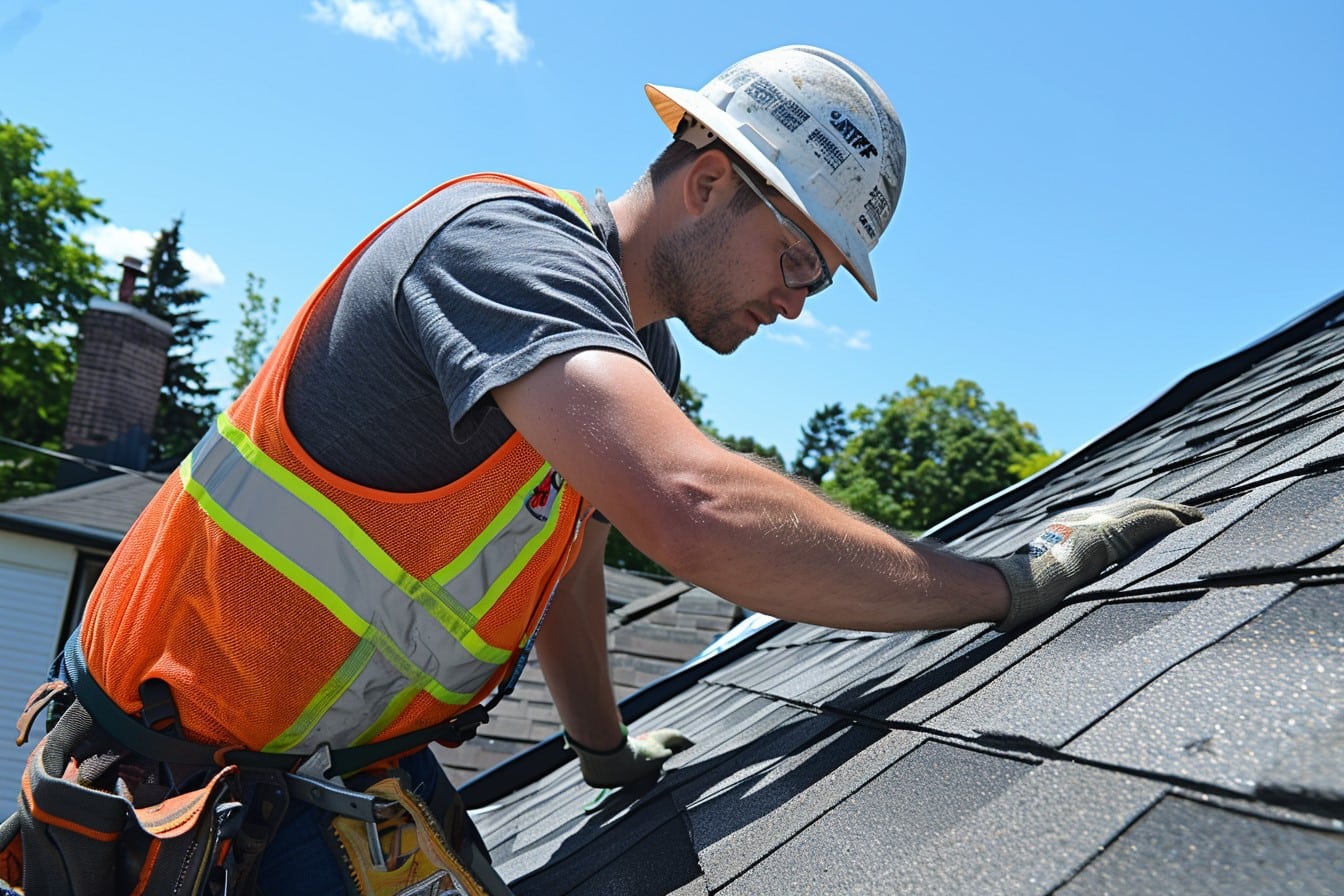
How to Prevent Roof Leaks
Preventing roof leaks requires a combination of regular maintenance, prompt repairs, and proper installation practices. Here are some general tips to keep your roof leak-free:
- Regular Inspections: Schedule bi-annual roof inspections to catch potential problems early. Pay particular attention to common sources of leaks, such as damaged shingles and flashing.
- Timely Repairs: Address any signs of damage immediately. Delaying repairs can lead to more significant issues and higher repair costs.
- Professional Installation: Ensure that any new roof or roof repairs are done by experienced professionals. Proper installation is key to preventing future leaks.
- Gutter Maintenance: Keep gutters clean and free of debris to prevent water from backing up and causing leaks.
- Quality Materials: Use high-quality materials for both roofing and flashing to increase the longevity of your roof and reduce the risk of leaks.
Conclusion
Roof leaks can be a homeowner’s nightmare, but by understanding the common sources and taking proactive steps to prevent them, you can keep your home safe and dry. Regular maintenance, timely repairs, and using quality materials are the cornerstones of a leak-free roof.
Remember, early detection is key to avoiding extensive damage and costly repairs. By following the tips outlined in this guide, you’ll be well on your way to maintaining a durable and reliable roof over your head.
FAQs
Q1: How often should I inspect my roof for leaks?
A: It’s recommended to inspect your roof at least twice a year, preferably in the spring and fall, to catch any potential issues early.
Q2: Can I repair a roof leak myself?
A: While minor repairs like replacing a shingle can be done by handy homeowners, it’s often best to hire a professional for more complex repairs to ensure the job is done correctly.
Q3: What should I do if I find a leak in my roof?
A: If you discover a leak, it’s important to address it immediately. Contact a professional roofer to assess the damage and perform the necessary repairs.
Q4: How long does a typical roof last before it needs to be replaced?
A: The lifespan of a roof depends on the materials used, but most roofs last between 20 to 30 years. Regular maintenance can help extend this lifespan.
Q5: Are roof leaks covered by homeowners insurance?
A: Coverage for roof leaks depends on your insurance policy and the cause of the leak. It’s best to review your policy or consult with your insurance provider for specific details.
